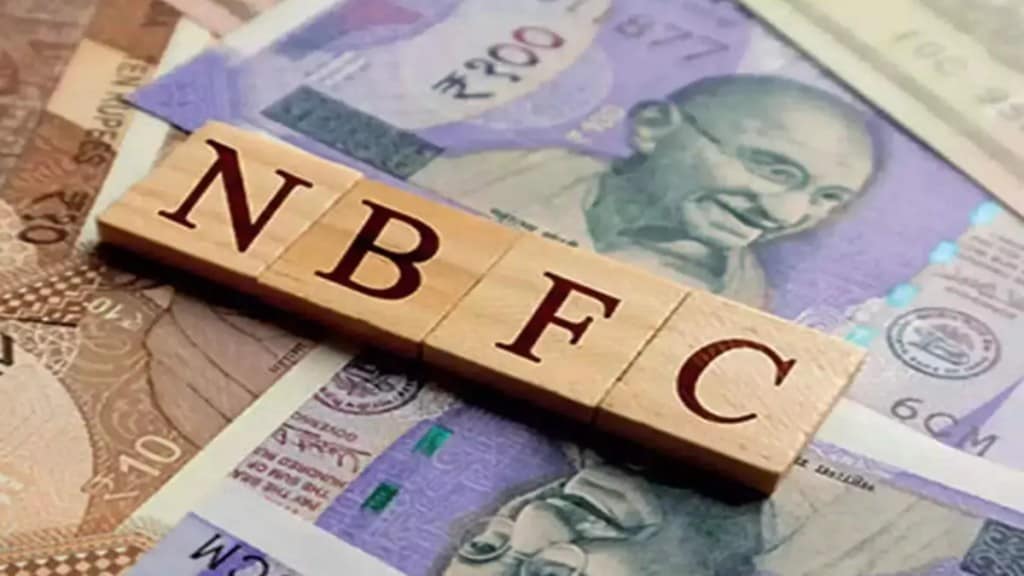The non-banking finance company (NBFC) sector is witnessing a sharp growth in consumption-led unsecured lending such as travel and durables. Albeit on a small base of 8-10% of the overall assets under management (AUMs), this segment’s growth is expected to be 20-22% next fiscal, according to a report by Crisil Ratings. In comparison, home and vehicle loans that contribute 60-70% of AUMs are expected to grow at a slower pace of 13-15%.
Umesh Revankar, executive vice chairman, Shriram Finance, said: “Since the economy is growing at a faster pace than expected, it is leading to a faster increase in unsecured loans. We expect to witness a 50% growth in AUM on an annualised basis in FY23.”
Also read: Paytm’s loan disbursals surge 374% on-year, loan volume jumps 150% in Oct-Nov; share price still in red today
According to him, the strong growth in the unsecured loans segment will not translate into higher share of the total NBFC portfolio pie, but help NBFCs earn better margins. “Even though the growth rate may be much faster, there contribution will not grow exponentially and add only 2 percentage points to the overall AUM pie. However, an increase in consumer loans will definitely aid non-banks in improving the margin, as these attract higher lending rates,” Revankar said, adding that big NBFCs will prefer to remain in niche segments and avoid getting into unsecured consumption bandwagon in a big way.
No wonder, fintech NBFCs are betting big on consumer loans. The flexible lending model of NBFCs and the risk-averse tendencies of banks have led to a higher growth in unsecured lending in the NBFC sector, according to Souparno Bagchi, COO of TrueBalance, a fintech NBFC.
Unsecured loans are deemed riskier as issues such as loan stacking, which includes a single borrower taking loans from multiple lenders, and frauds are prevalent, according to Anil Pinapala, co-founder, Vivifi India Finance.
However, with a shorter tenure and the ability of large NBFCs to price risks in lending rates, there is a small chance that it will pose a threat to the balance sheet, Krishnan Sitharaman, chief deputy ratings officer at Crisil Ratings, said. Besides, most of the NBFCs have sufficient data and analytics to make prudent decisions in these cases, Revankar said.
Also read: Sebi may bring valuation norms for AIFs
The asset quality concerns are receding for unsecured lending for shadow banks, with defaults of over 90 days improving to 2.4% compared to 3.7% earlier, according to the ratings agency. The demand for consumer loans is high across durables, travel and other personal consumption activities while business loans have benefitted from macroeconomic tailwinds, Crisil said.

